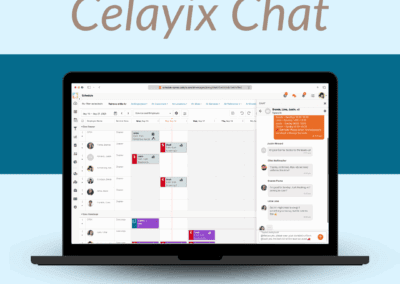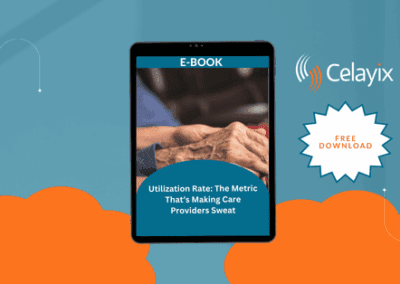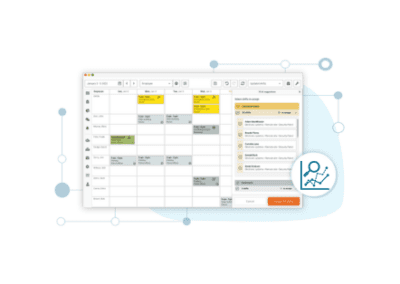In today’s data-driven world, healthcare providers are increasingly turning to data analytics to make decisions about patient care, resource allocation, and strategic planning. Long-term healthcare providers, in particular, are finding that data-driven decision-making is essential to optimizing patient outcomes, reducing costs, and achieving their strategic goals. By leveraging data analytics and predictive modelling, providers can gain insights into patient care, resource utilization, and market trends that were previously unavailable. In this blog, we will explore the importance of data-driven decision-making in long-term healthcare and how it is transforming the industry. We will examine the benefits of it, the challenges providers face when implementing it, and best practices for using data to drive better patient care and business outcomes.
What is Data-Driven Decision Making?
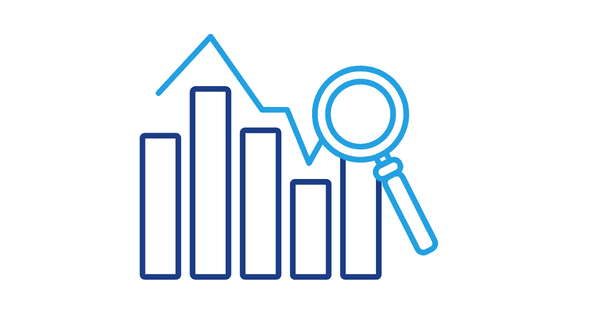
Data-driven decision-making is the process of making choices based on data analysis, rather than intuition or experience alone. It involves collecting and analyzing data to gain insights into past performance, current trends, and future needs, and using these insights to inform decision-making. This typically involves the use of advanced analytics tools, such as predictive modelling and machine learning algorithms, to analyze data and identify patterns and trends. By leveraging data analytics, decision-makers can make informed choices that are more likely to be accurate and effective, and can continuously refine their approach based on new data and insights.
Challenges of Data-Driven Decision Making
Data Quality
Data quality is one of the biggest challenges of data-driven decision making. The accuracy and completeness of data are critical for making informed decisions. However, in healthcare, data can be inconsistent, incomplete, or outdated. This can lead to incorrect conclusions and poor decision-making.
Healthcare providers need to establish a robust data quality management system. This system should include data validation checks, data cleaning processes, and data integration protocols to ensure that the data is accurate, complete, and up-to-date.
Data Privacy and Security
Data privacy and security are critical concerns in healthcare. Patient data is sensitive, and healthcare providers must ensure that it is protected from unauthorized access, disclosure, or use. However, data breaches and cyber attacks are becoming increasingly common, putting patient data at risk.
To address this challenge, healthcare companies must implement robust data privacy and security measures. This includes encrypting patient data, implementing access controls, and regular security audits.

Staffing and Training
Data-driven decision making requires a skilled workforce with expertise in data analysis, data management, and data visualization. However, healthcare providers may lack the necessary staff and resources to implement data-driven decision-making initiatives.
They must invest in staff training and development. This includes providing training in data analytics, data management, and data visualization tools. It also involves hiring staff with the necessary skills and expertise to implement data-driven decision-making initiatives effectively.
Importance of Data-Driven Decision-Making
Reduce patient Complications
Through the analysis of patient data, healthcare providers can identify patterns and trends that can help inform patient care. For example, providers can use data to identify patients who are at risk of readmission and intervene before their condition worsens. By developing personalized treatment plans based on patient data, providers can improve outcomes and reduce the risk of complications. Additionally, by analyzing data on medication adherence and preventative care, providers can identify areas where patient care can be improved, resulting in better outcomes and increased patient satisfaction.
Managing Costs
One of the biggest challenges facing long-term healthcare providers is managing costs while maintaining the quality of care. Data-driven decision making can help providers identify areas where costs can be reduced without sacrificing this factor. By analyzing data on resource utilization, providers can identify areas where costs can be reduced without compromising patient care. For example, providers can optimize staffing levels to reduce overtime costs or identify equipment that is not being used efficiently.
Ease of Resource Allocation
Data-driven decision making enables healthcare providers to optimize the allocation of staff, equipment, and supplies to ensure that patients receive the care they need when they need it. By analyzing data on patient needs and resource utilization, providers can identify areas where additional resources may be needed and adjust staffing levels accordingly. This can help reduce wait times for patients and improve the overall patient experience.
Strategic Planning
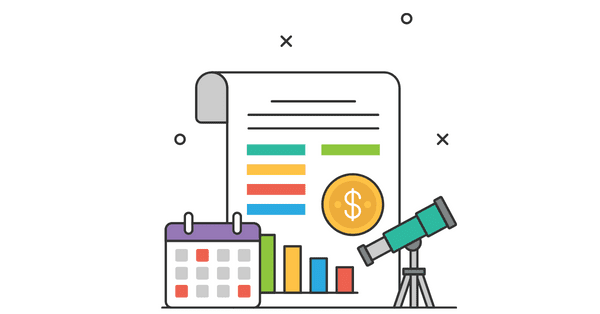
Data-driven decision making also allows healthcare providers to develop long-term strategies for growing their business and expanding their services. Through the analysis of data on patient demographics and market trends, providers can identify areas where there is a need for additional services and develop plans to meet that need. Additionally, by analyzing data on resource utilization, providers can identify areas where they may be able to reduce costs and reinvest those savings in new services or technology.
Continuous Improvement
Data-driven decision-making finally enables healthcare providers to continuously monitor and improve their performance. By analyzing data on patient outcomes and resource utilization, providers can identify areas where they can improve and adjust their approach accordingly. This can help providers stay ahead of the curve and deliver high-quality care that meets the evolving needs of their patients.
Final Thoughts
Data-driven decision-making has become an essential tool in long-term healthcare, helping healthcare providers to make informed decisions about patient care, resource allocation, and strategic planning. By analyzing data on patient outcomes, resource utilization, and population health trends, healthcare providers can improve patient outcomes, reduce costs, and optimize their operations. While there are challenges to implementing data-driven decision making, the benefits far outweigh the challenges, making it a critical tool for long-term healthcare.


